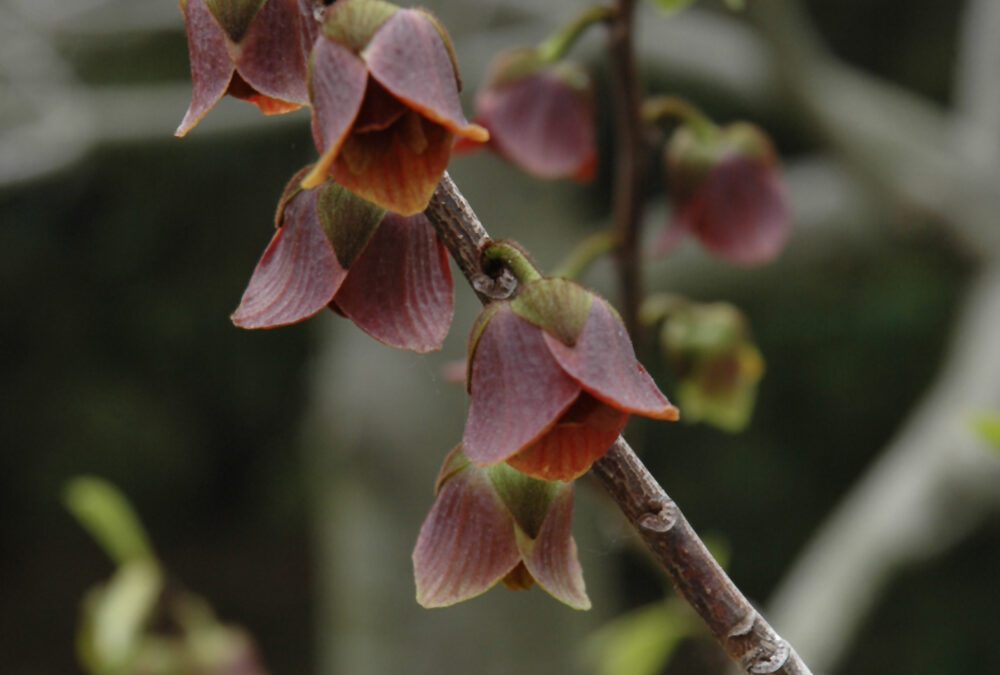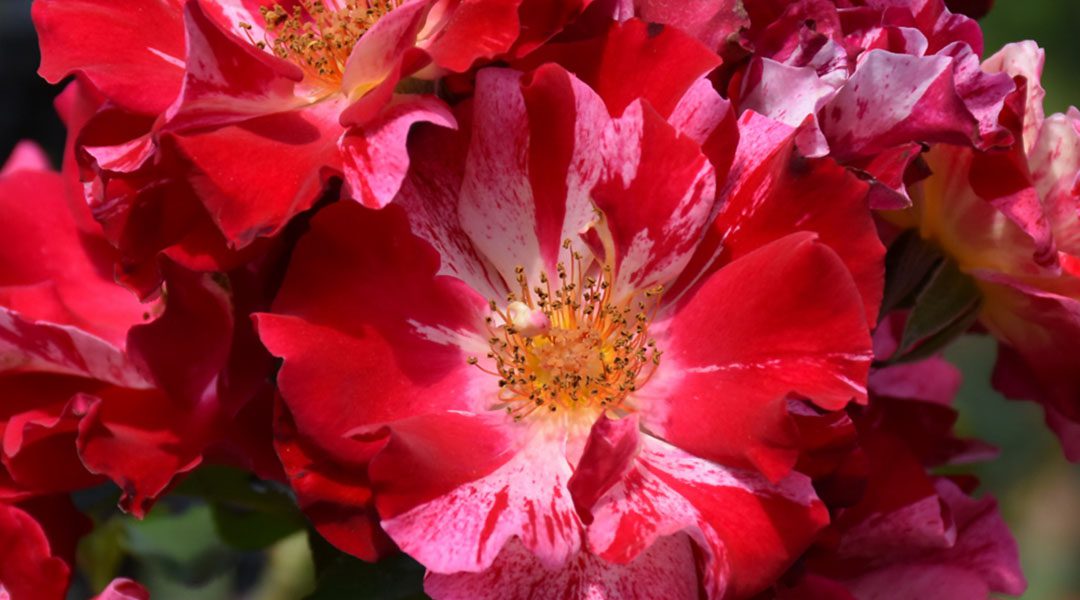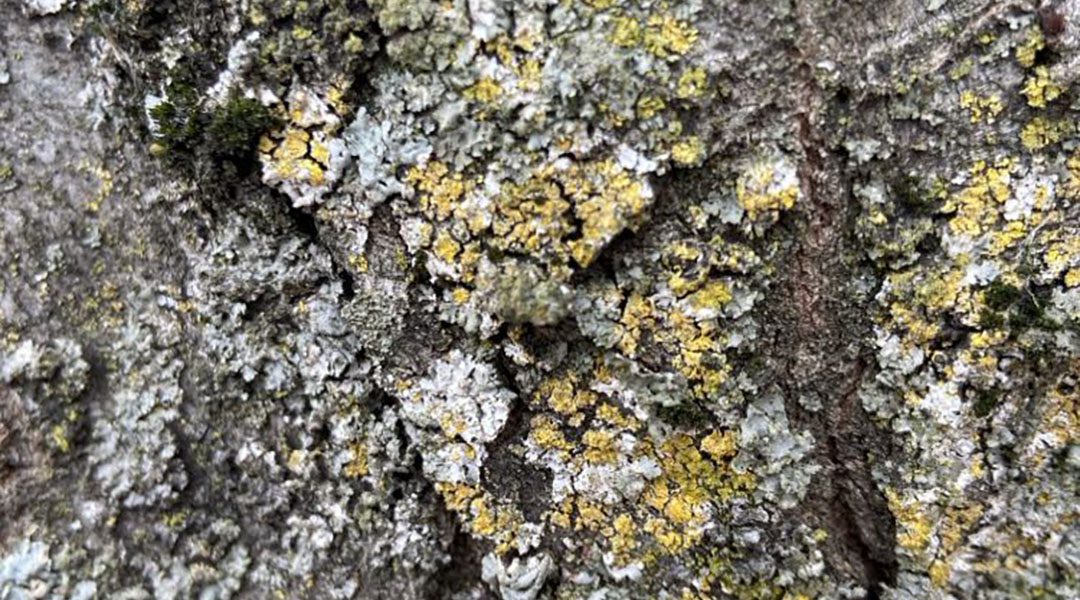What Is a Common Pawpaw Tree? The Common Pawpaw (Asimina triloba) is a native North American fruit tree known for producing custard-like tropical fruit—right in your own backyard. With flavor notes...

| Bloom Duration | Short and Bold (2-3 weeks) |
|---|---|
| Light Requirements | Full Sun (more than six hours of sun) |
| Product Size | 7 Gallon Pot |
| Tree categories | Fruit |
| Tree Max Size | Very Small (Max Height Less than 15 Feet) |
$169.99
Experience the delicious taste of cherries all year long with the 4-in-1 cherry tree from Platt Hill Nursery. This remarkable tree features four different types of vibrant cherries harvested at different times of the year, ensuring that you can enjoy a bountiful harvest of fresh, ripe cherries whenever your heart desires.
What makes the 4-in-1 cherry tree so unique is that it’s self-pollinating and has staggered harvests, which means you’ll not only grow more cherries than a traditional cherry tree but also have the convenience of being able to enjoy your cherries at different times throughout the year.
Perfect for narrow yards and tight spaces, the 4-in-1 cherry tree can grow up to 15-20 feet tall and wide, making it an ideal choice for anyone to grow confidently and have a bountiful supply of cherries to enjoy all year long.
So why settle for just one type of cherry when you can have four? Plant a 4-in-1 cherry tree from Platt Hill Nursery today and experience the joys of a delicious and bountiful harvest of cherries!
Visit our Bloomingdale, IL or Carpentersville, IL stores for local pickup!
Out of stock
More for You

What Is a Common Pawpaw Tree? The Common Pawpaw (Asimina triloba) is a native North American fruit tree known for producing custard-like tropical fruit—right in your own backyard. With flavor notes...

When it comes to adding romance, drama, and vertical beauty to a garden, climbing roses are a timeless choice. With their arching canes and generous blooms, they bring old-world charm to fences,...

If you've noticed crusty, leafy, or even beard-like growths on your trees and shrubs, you might have wondered if they’re harmful — perhaps a type of fungus or mold. The good news? These curious...